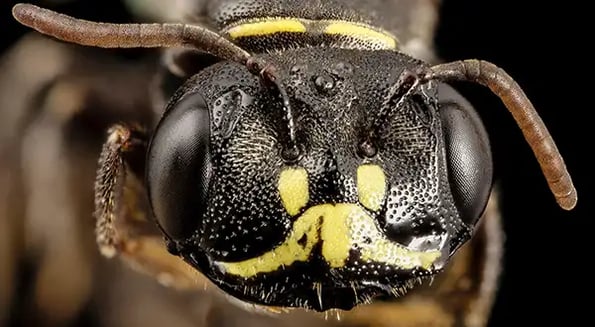The $7.6B California almond industry needs 30B bees a year to keep the nut-milk flowing, and it’s keeping the beekeeping industry afloat.

But, the increased buzz has also contributed to a wave of competition and crime that has prevented individual beekeepers from sharing big uncle almond’s profits.
Beekeepers make so little money… it’s just nuts
Although the almond industry is completely reliant on bees to pollinate its annual crop, the entire beekeeping industry brings just $341m.
Johnston Honey Farms, one of the biggest bee farms in the US, manages about 73k hives at a value of just $14m. The largest almond farms, in contrast, grow more than $200m worth of almonds (nearly the size of the whole beekeeping industry).
So, how can bee brokers be broke?
The main problem is a bee disease called Colony Collapse Disorder that has caused 2x as many bees to die each winter (28%) than normal (15%).
So while pollination demand has increased, colony supply decreased from a high of 3.5m to a low of 2.3m, forcing hard-hit individual beekeepers to become mere ‘hives for hire’ in the almond biz.
To make things worse, some beekeepers like Lloyd Cunniff spend huge amounts of time and money transporting bees across the country for California almond pollination — only to have as many as 50m bees (worth more than $1m) stolen by bee-napping operations.
